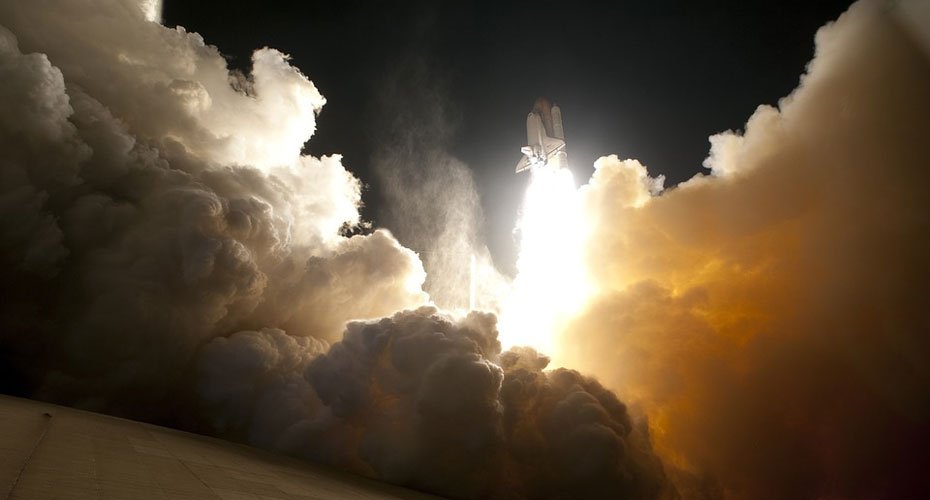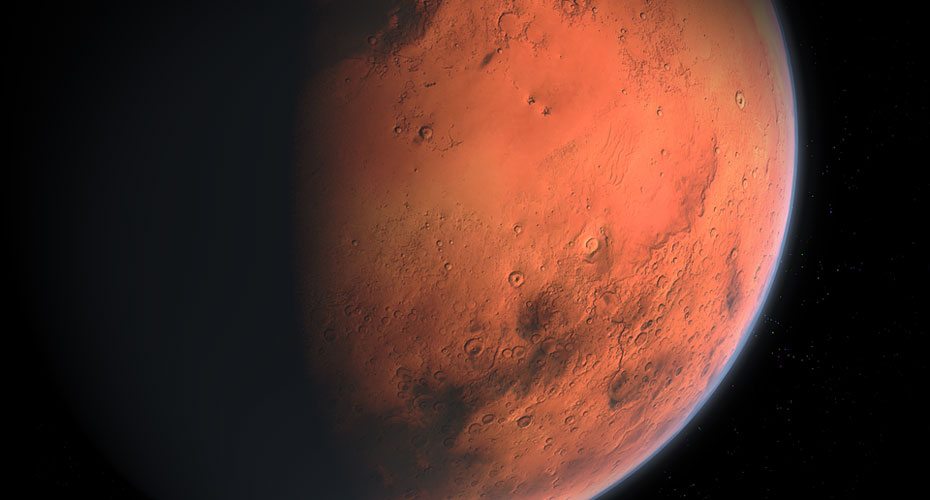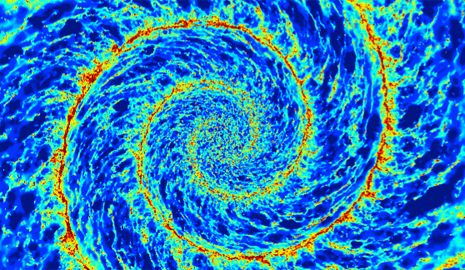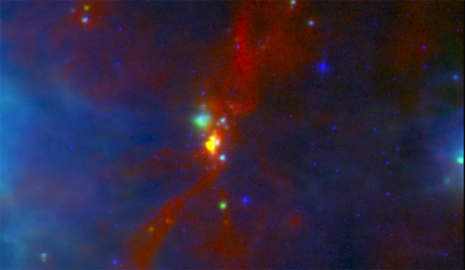Astrophysics learning resources
Lander game
This educational physics game was designed and created by a team of third year Natural Sciences students here at the University of Exeter.
The game is designed to impart an understanding of the forces involved in landing an object on a celestial body, as well as knowledge of key astrophysical concepts and terminology.
There are also accompanying web pages and YouTube videos which have been produced as further supporting educational materials.
The game was presented in an exhibition at the IOP’s Festival of Physics in 2016. The festival was aimed at people aged 12+, and the game received positive feedback from all ages.
Download the game for Windows »
More information and other download options »
Lander accompanying learning resources



More resources
- Zooniverse - Help find and classify galaxies
- Stellarium Planetarium
- Astronomy picture of the day
- Astronomy for Kids
- Astronomy blog
- Astronomy Now
Stellarium
Stellarium is a free planetarium software that allows you to see the night sky as it appears in real-time, or to set the clock to any date, time and location that you want to. You can speed up the rotation of the Earth to see the night sky move past faster than usual.
Celestia
Celestia is a virtual planetarium software that allows you to not only view the night sky from Earth, but to move off the ground and explore space. It is slightly harder than Stellarium to use, but if you spend an hour or so with the documentation, it allows you to explore space across a wide range of scales, from the Earth to the Solar System to distant Galaxies.
Hipparcos Globe
On the ESA Hipparcos Globe website, you can create your own map of the sky by printing out and folding the image into a box.



